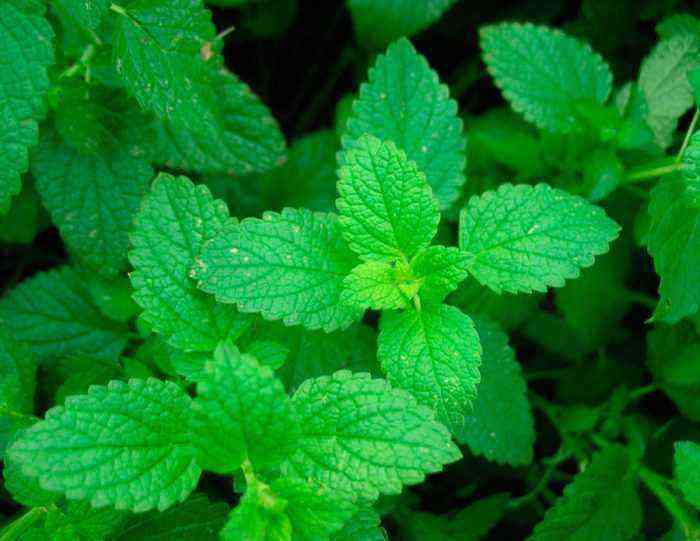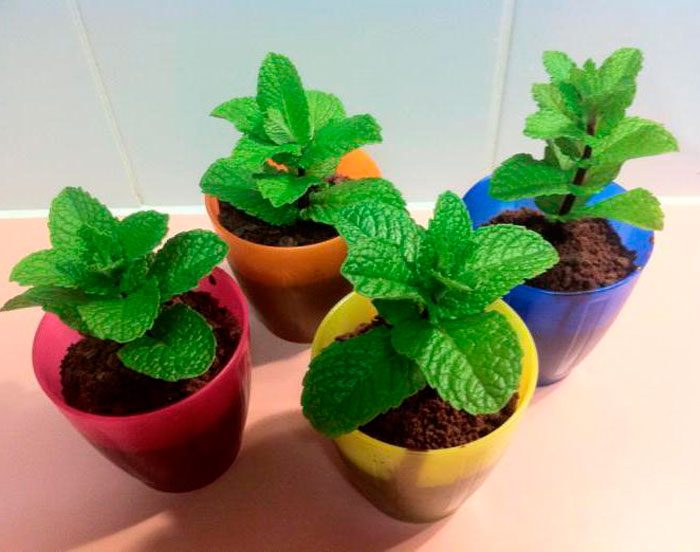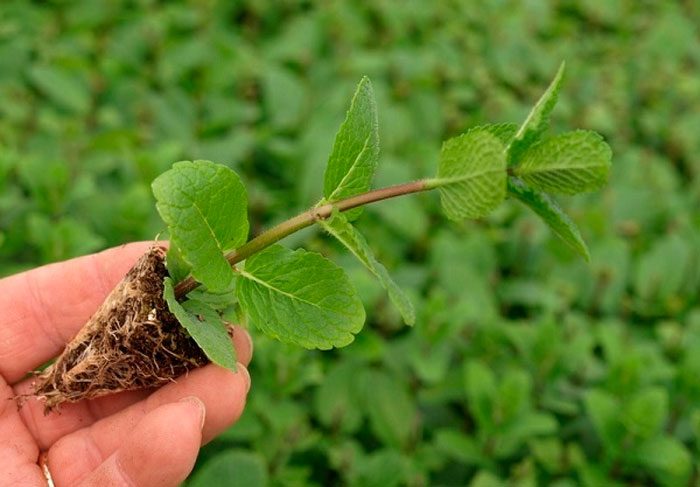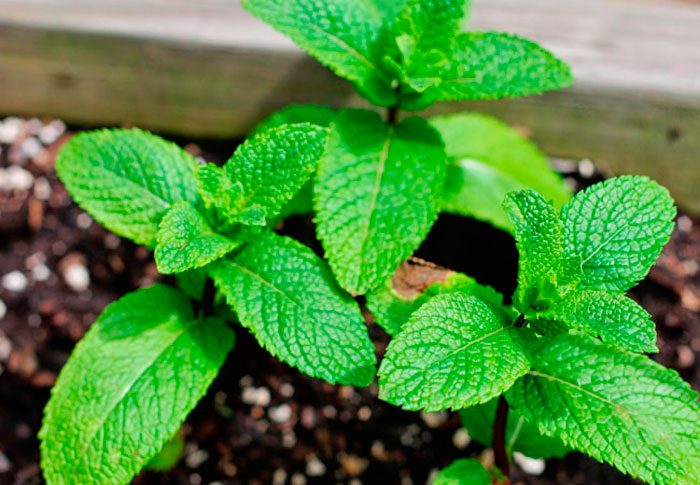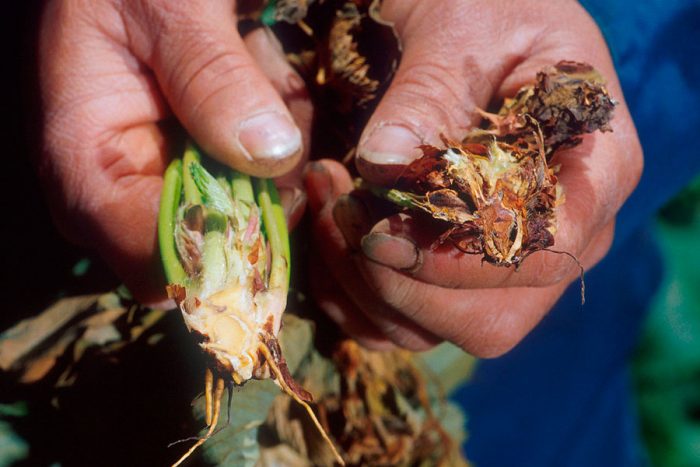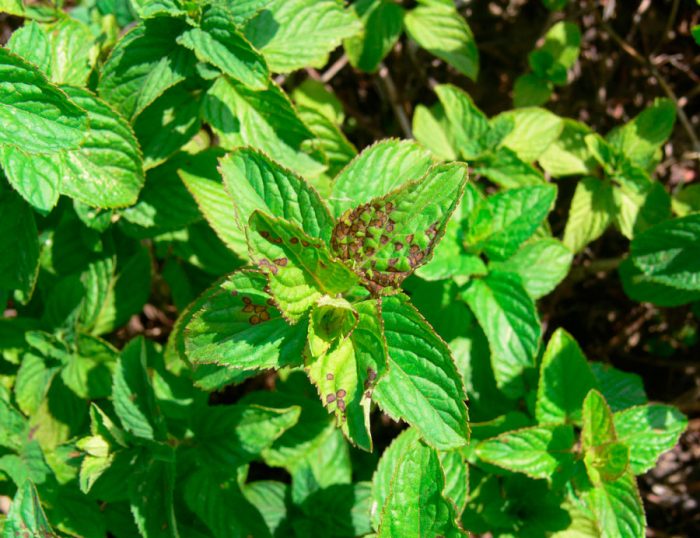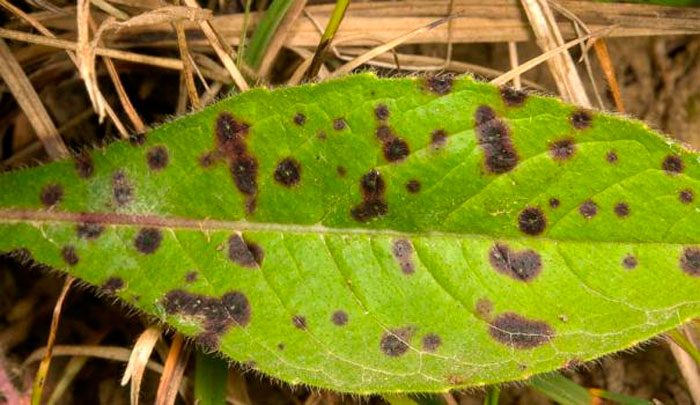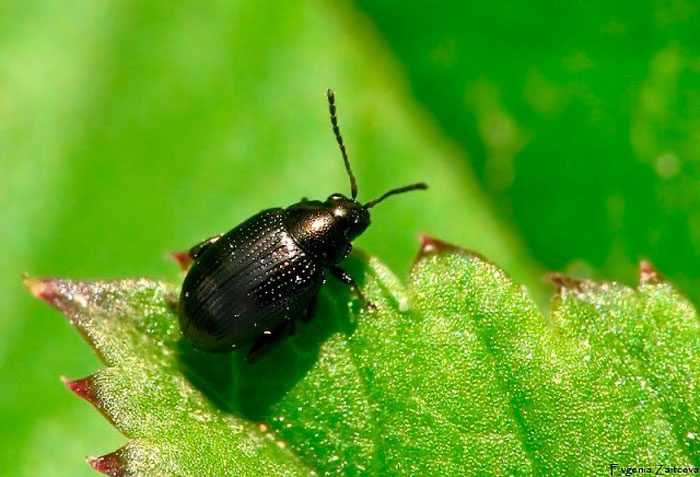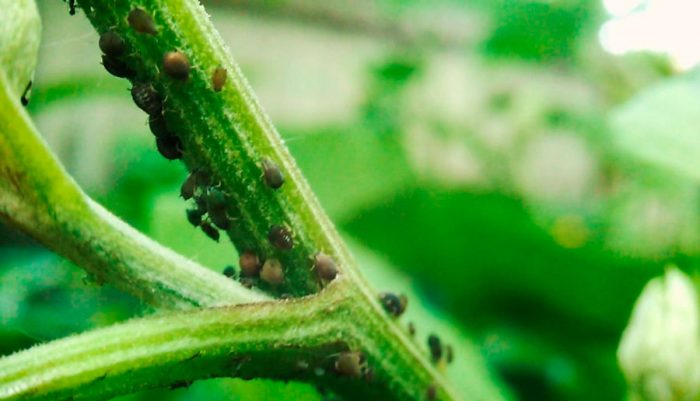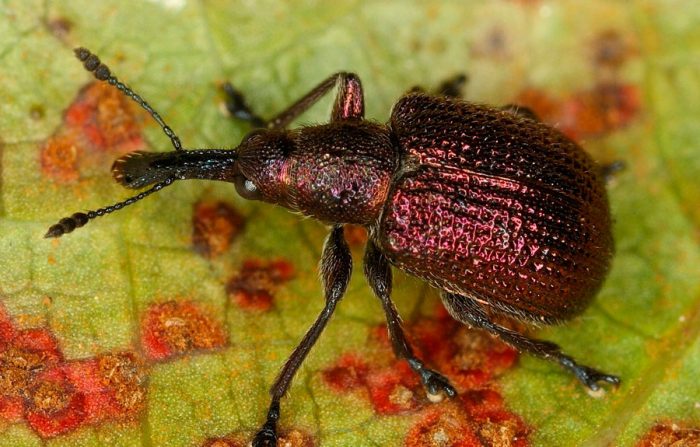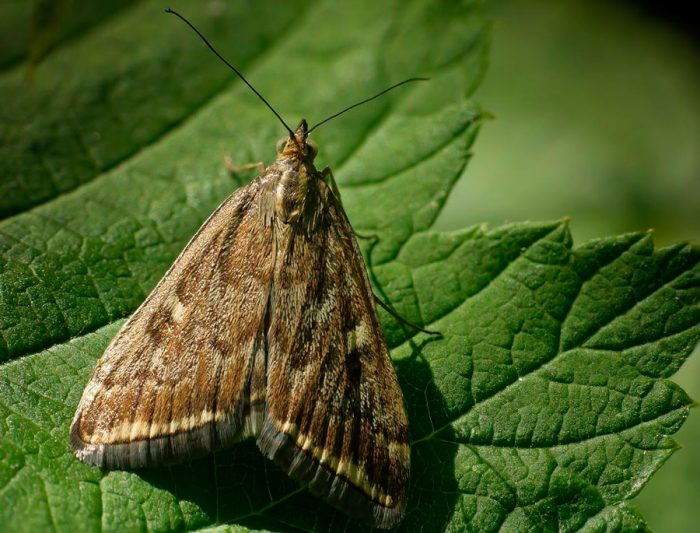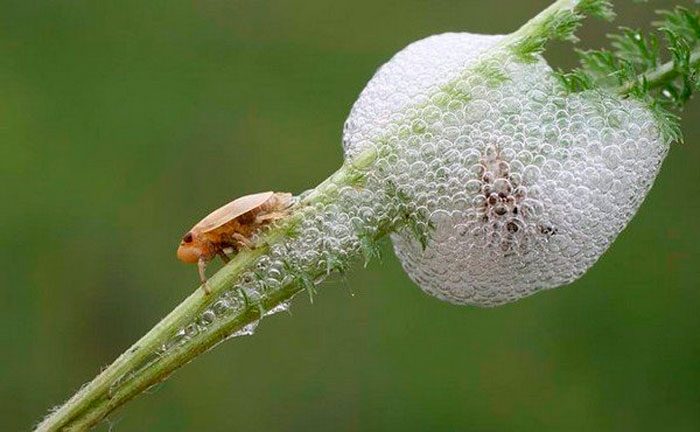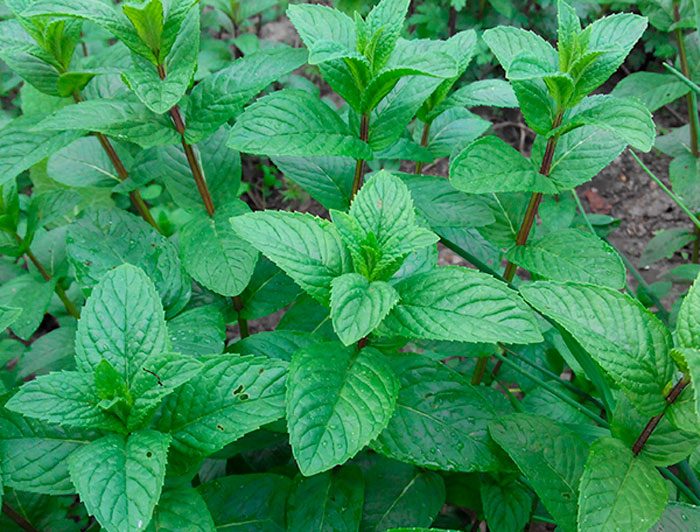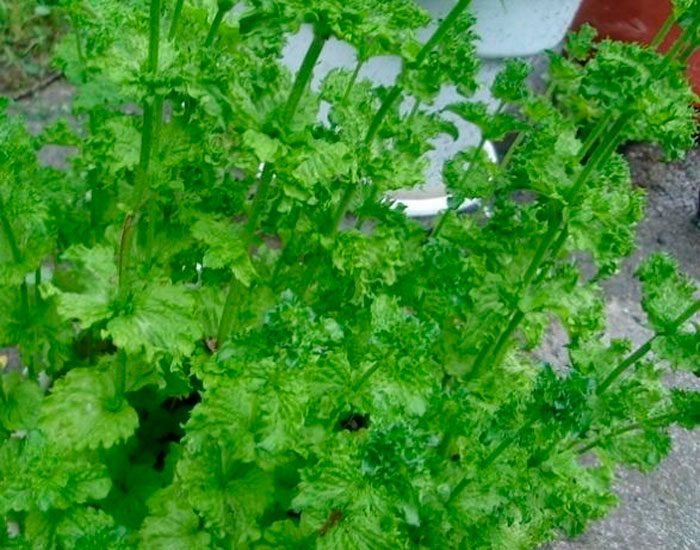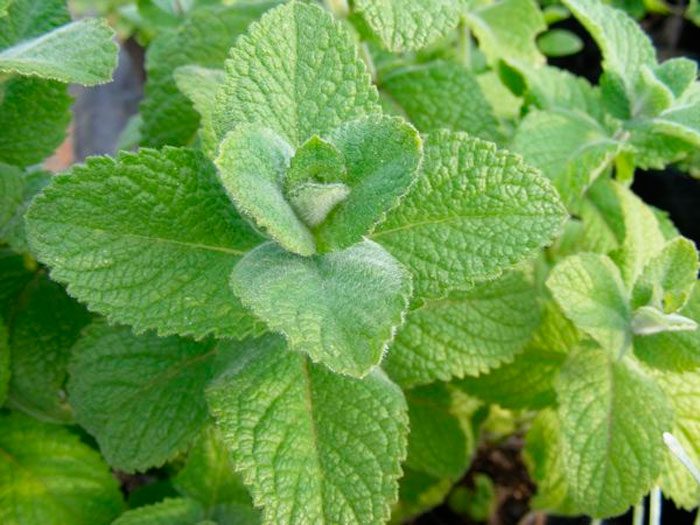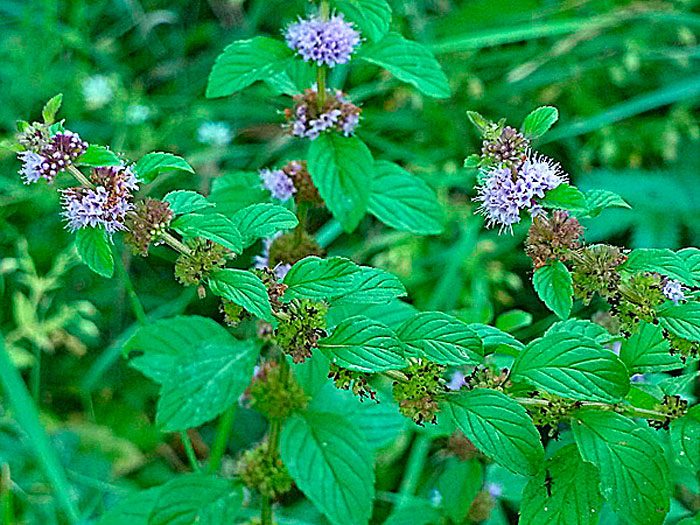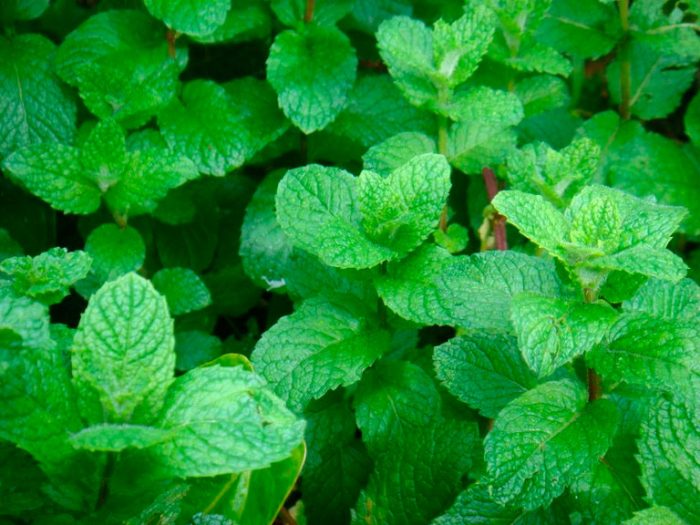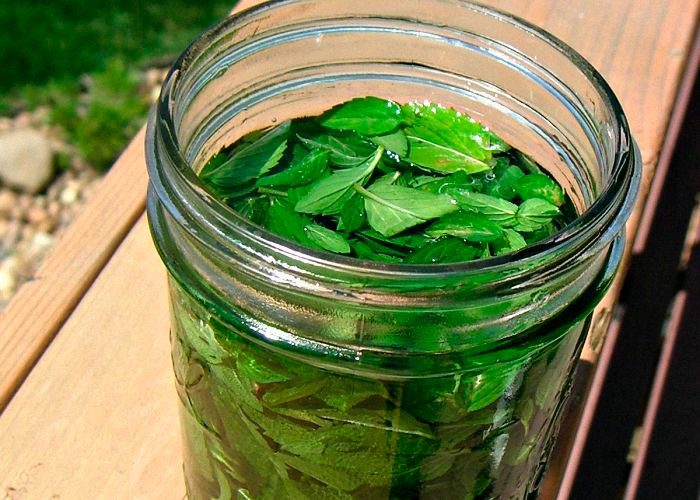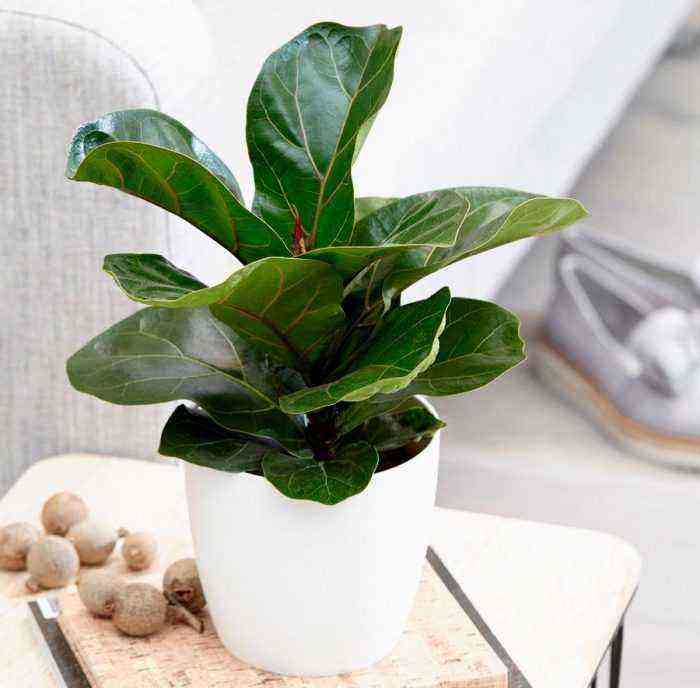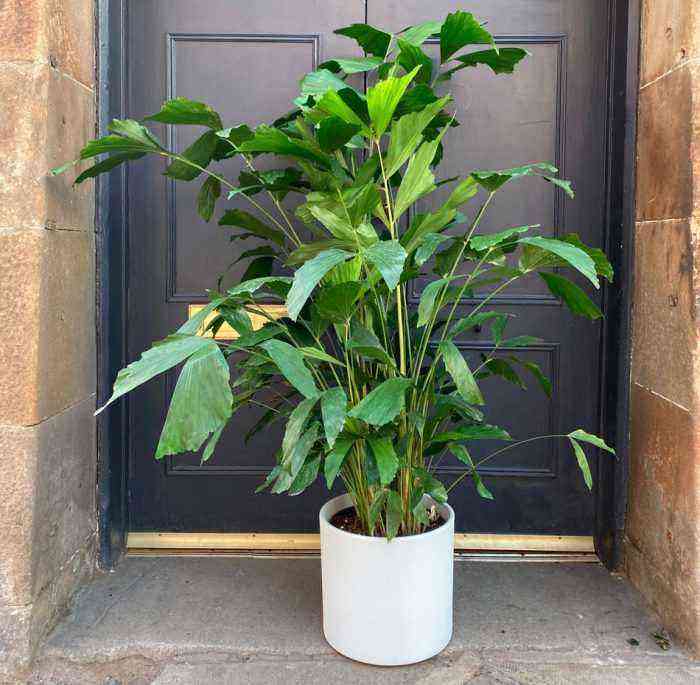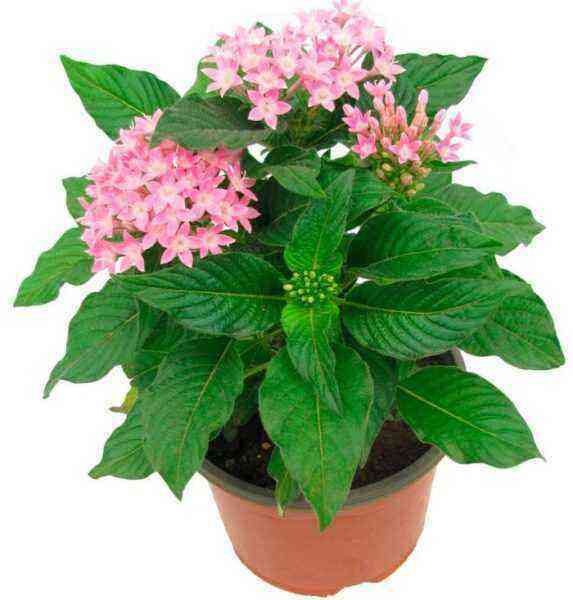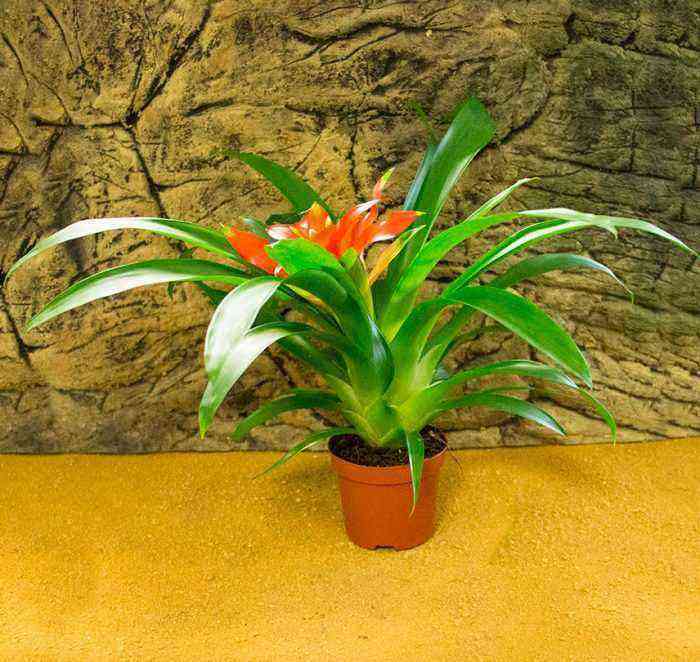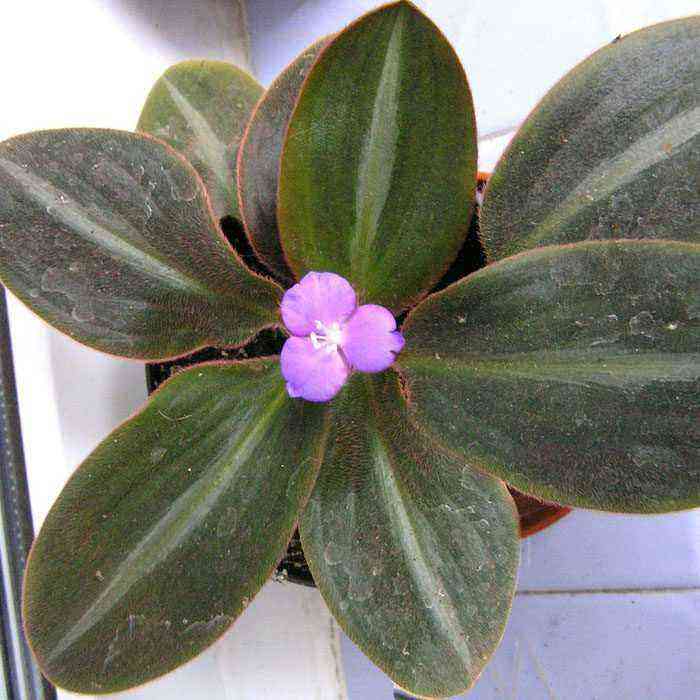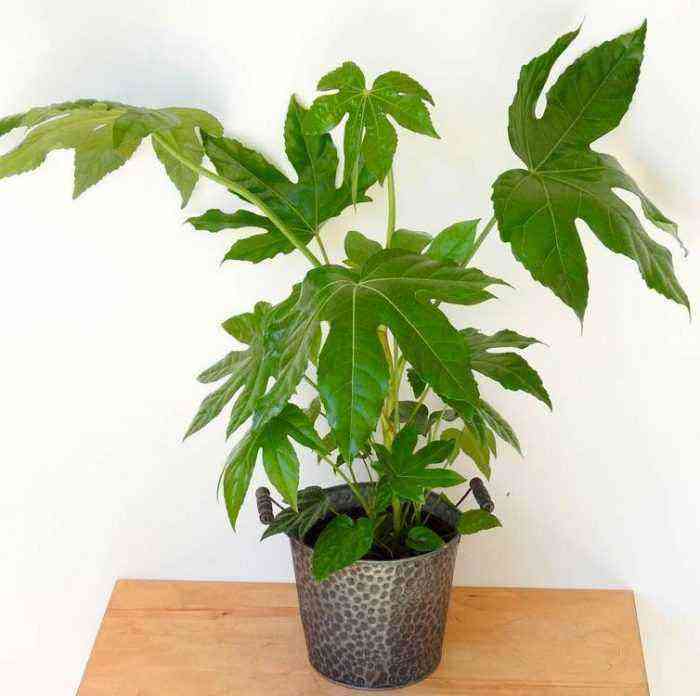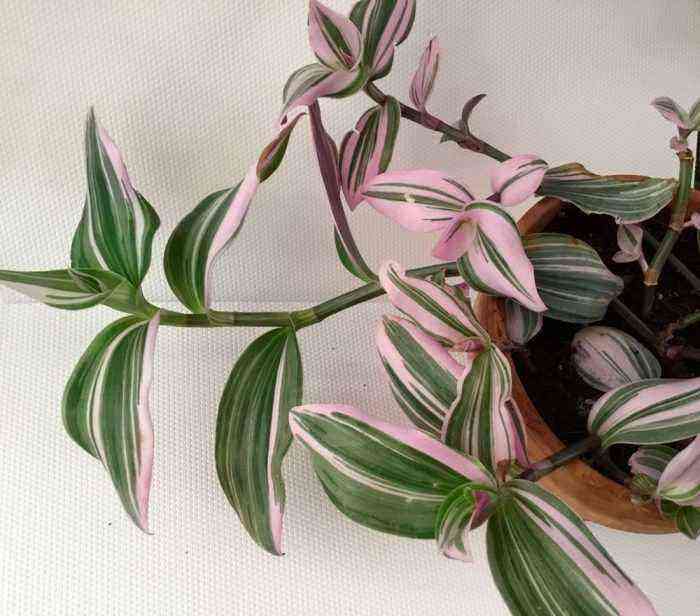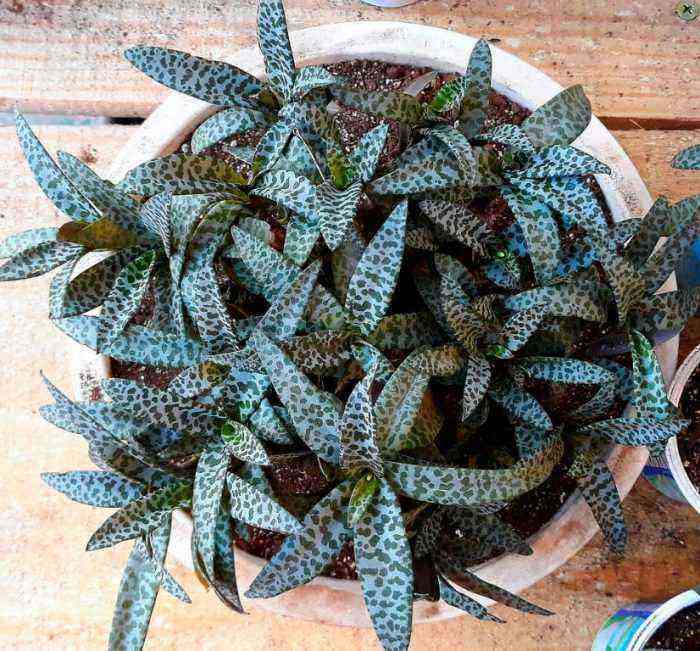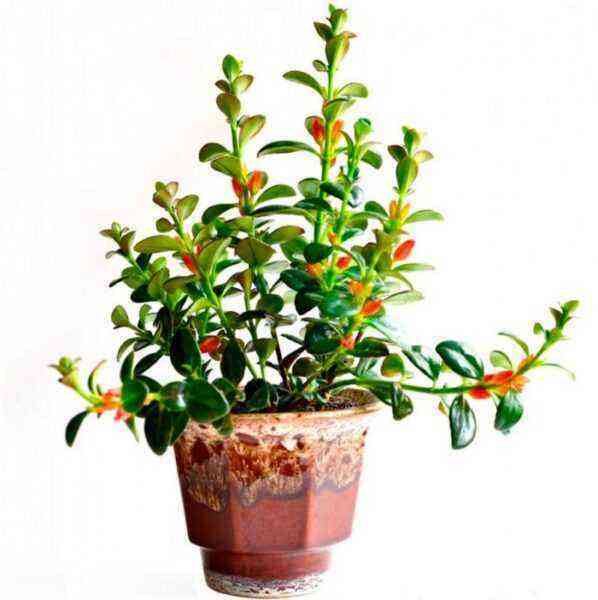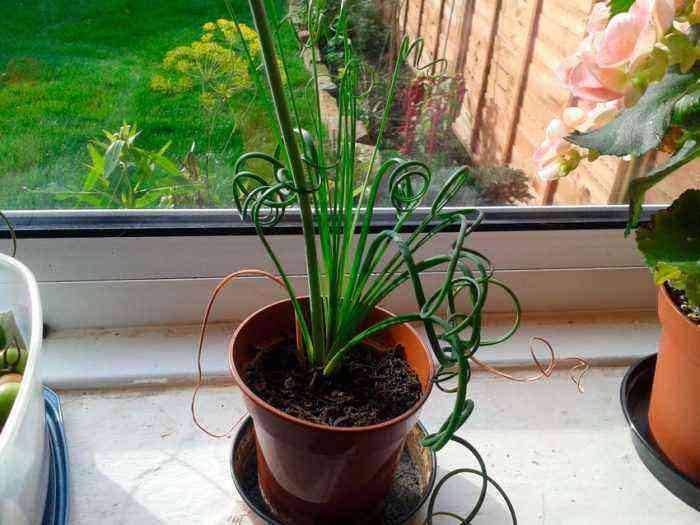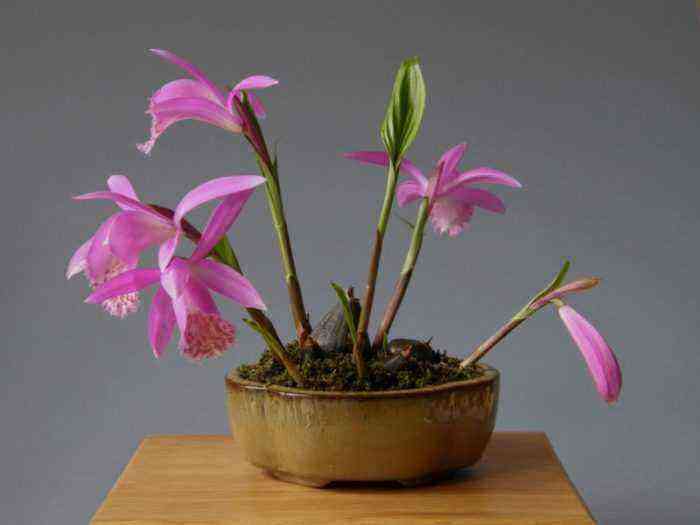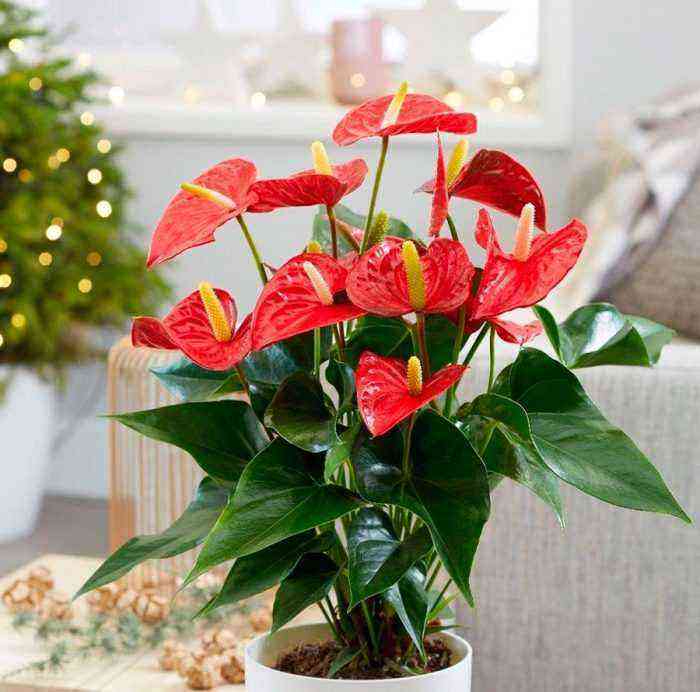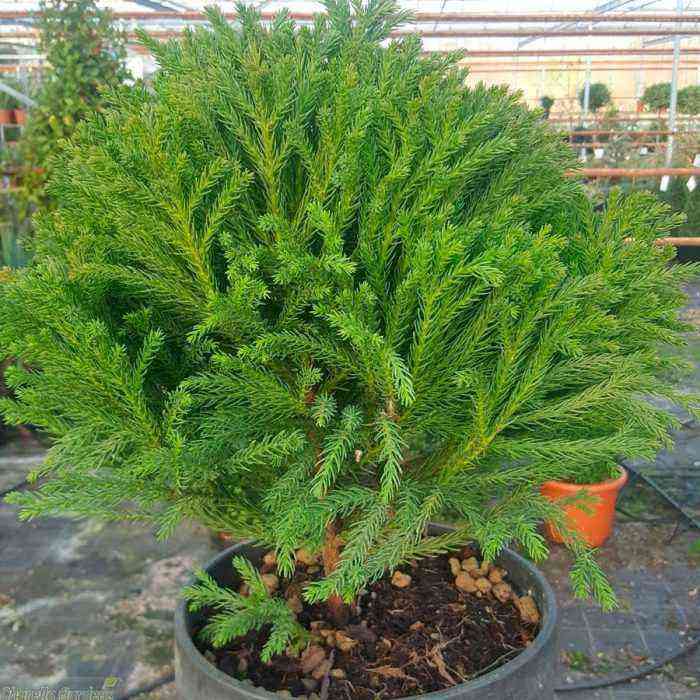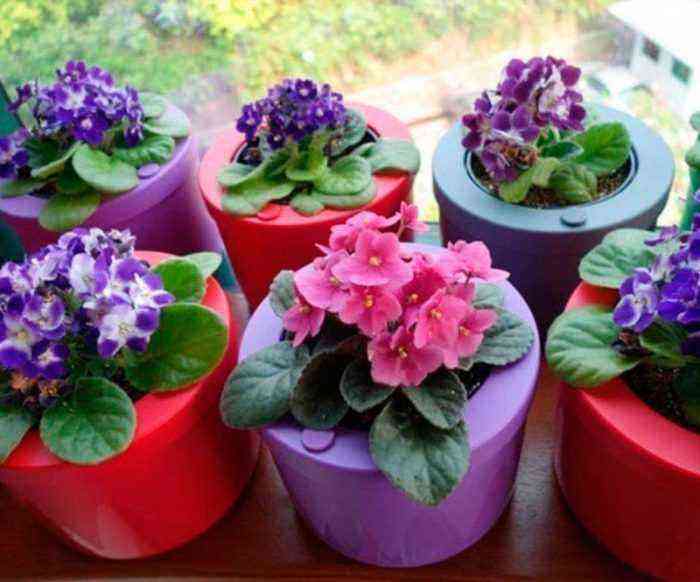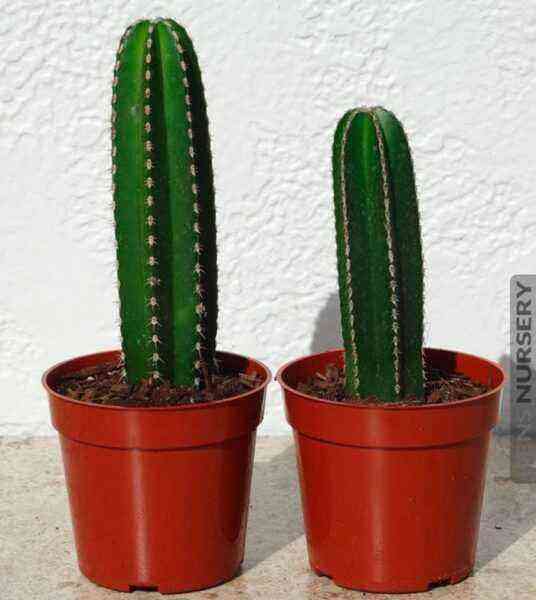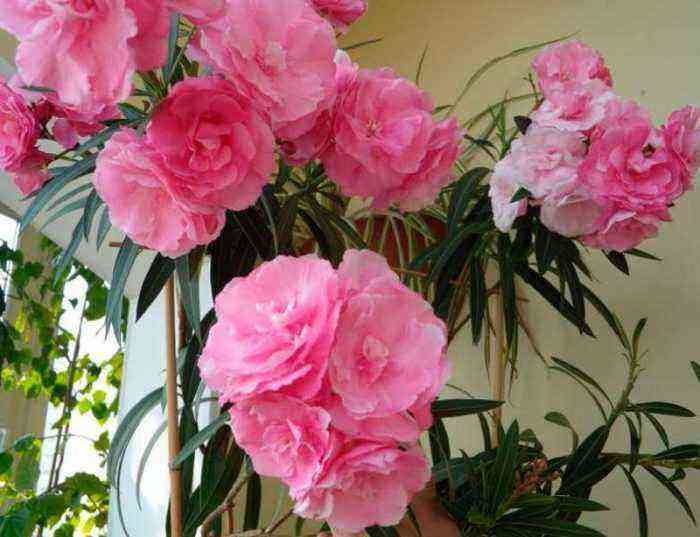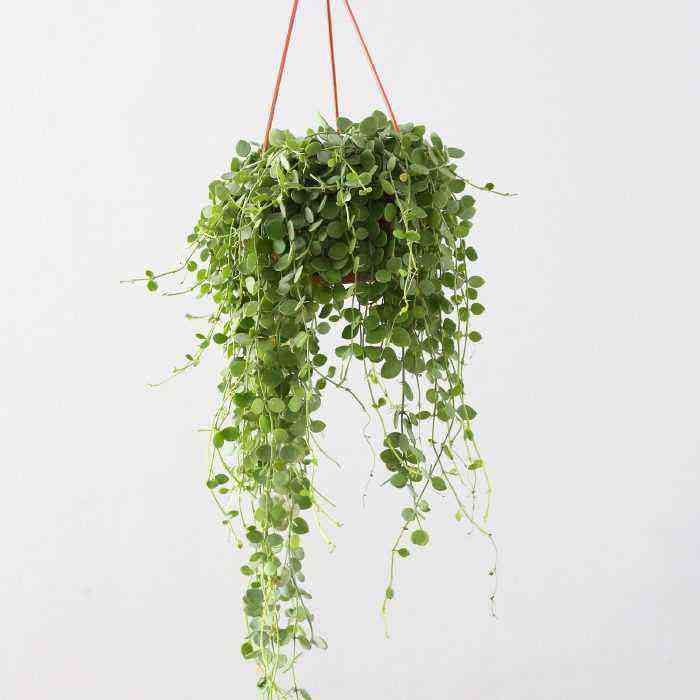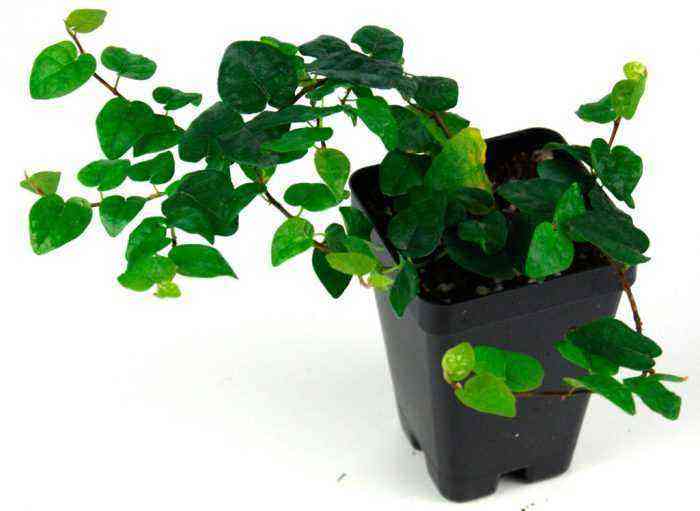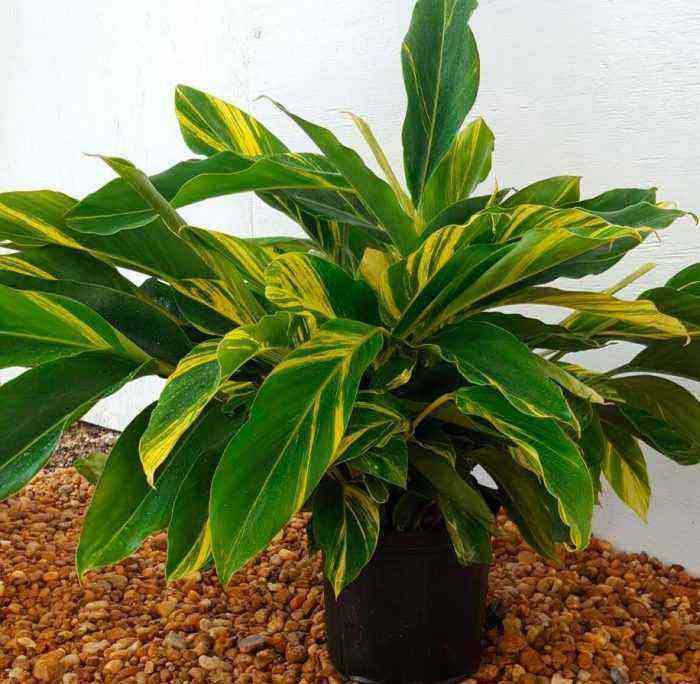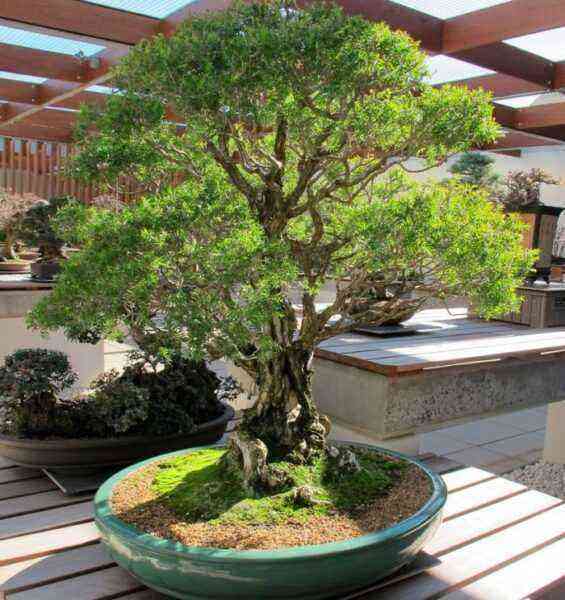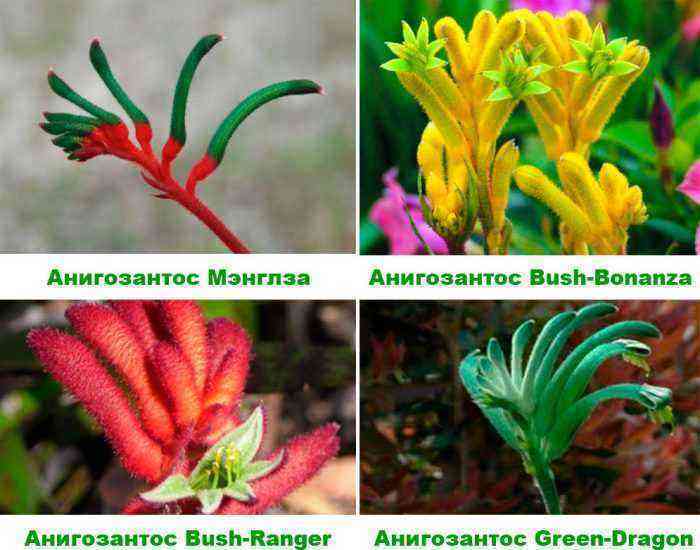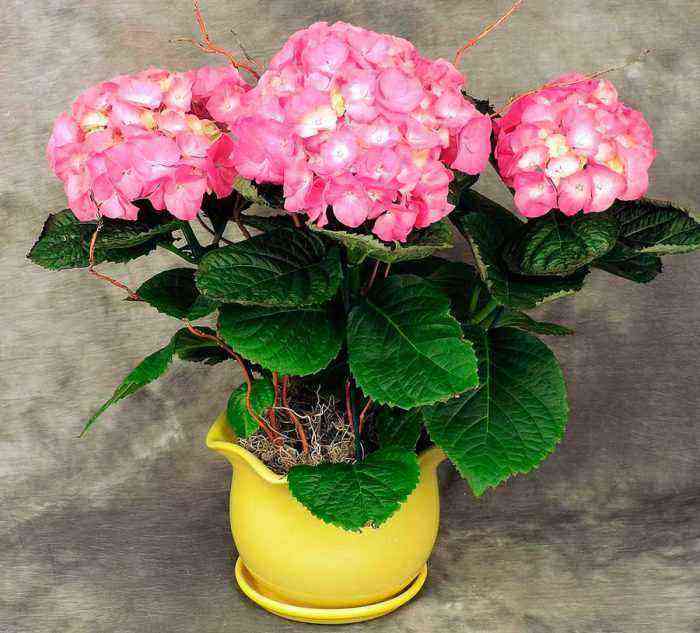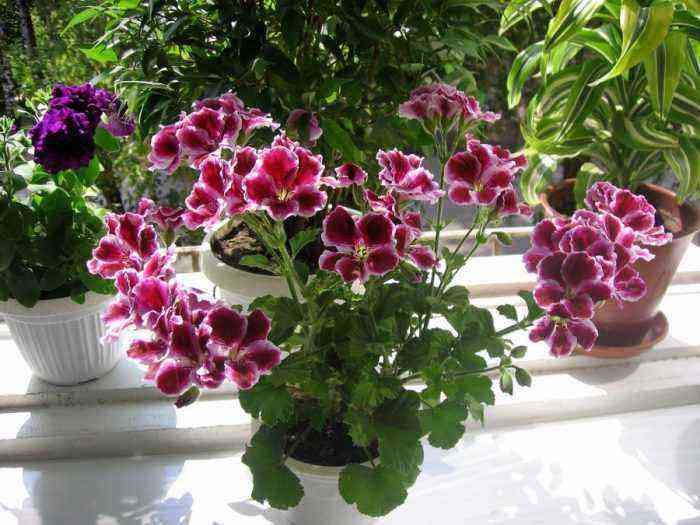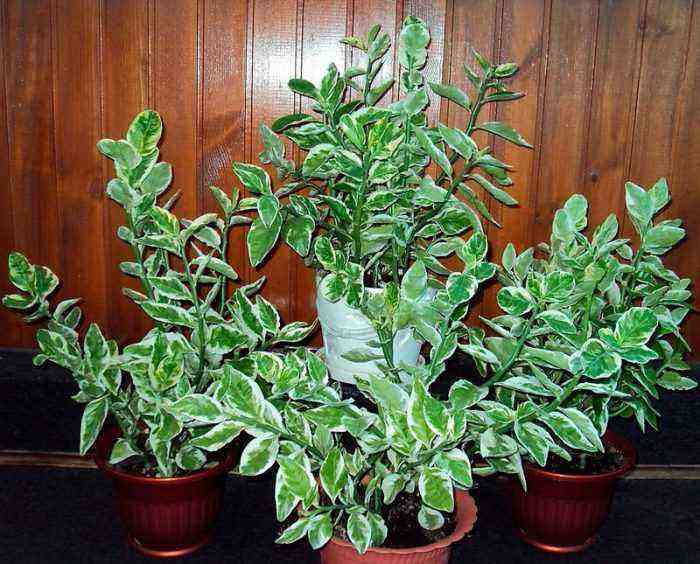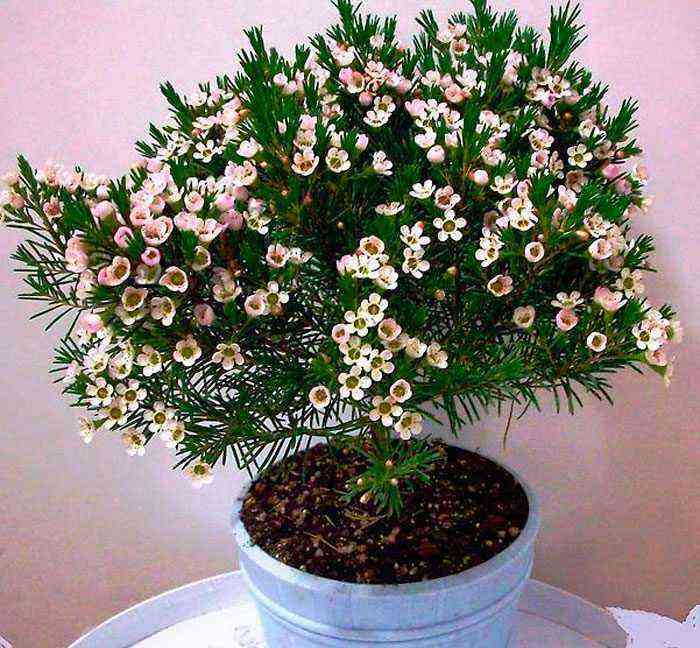The herbaceous perennial plant, peppermint (Mentha piperita), or English mint, or chill, or cold mint, or peppermint, is a species of the genus Mint, belonging to the Lamb family. This species was obtained in the process of hybridization of water mint and spearmint (garden). Such a plant was considered very valuable even in the days of Ancient Rome, furniture was rubbed with its foliage, and an infusion of mint was used to spray premises. In ancient Egypt, mint was placed in the tomb of the pharaohs. This culture was named after the nymph Menta turned into a bush with a pleasant, delicate, but very cold aroma. Mint is very popular in English cuisine, where it is used as a spice for lamb sauce. In America, such a plant is used as an ingredient in vegetable or fruit salads, and also as an additive to mixed drinks and tomato juice. Medicines of various effects are also made from peppermint.
Peppermint Features
Mint has a horizontal branched rhizome with thin fibrous roots. Hollow straight erect tetrahedral stem has a height of 0,3 to 1 m, it is covered with short hairs. Criss-cross opposite short-petiolate leaf plates have an oblong ovoid shape, cordate at the base and pointed towards the apex, with a sharp-serrated edge. The front surface of the leaves is dark green, and the back has a paler color. The length of the plates is 30–50 mm, and their width is 15–20 mm. Spike-shaped inflorescences consist of small lilac flowers. Flowering lasts from the last days of June to September. The fruit contains 4 coenobium nuts. But the formation of such fruits is extremely rare. This plant is the most valuable melliferous plant, and the honey obtained from it has an amber color and a pronounced smell of mint.
Growing mint on a windowsill
How to sow
Growing mint from seeds on your windowsill is relatively easy. The container with seedlings can be placed on the windowsill, and it can also be placed on the veranda or on the insulated loggia. The first step is to start preparing the soil mixture. To do this, you need to combine peat, garden soil, humus or sand, taken in equal shares. The prepared substrate must be calcined in the oven. Seeds can be bought at a special store or collected with your own hands. They are sown in a moistened soil mixture, while grooves with a depth of about 50 mm must be made in it. After the seeds are evenly distributed in them, the grooves must be carefully repaired. The container is covered with a film on top, after which it is removed to a well-lit and warm place.
Home mint care
Sowing mint and looking after seedlings should be the same as for any other crops. The first shoots should appear after 15–20 days, after which the container with them must be rearranged in a well-lit place, this will help prevent the stretching of the plants. If the seedlings lack light, then they will need artificial lighting. Plants grow and develop best at temperatures ranging from 20 to 25 degrees. However, if this culture is grown in a lack of light, then the seedlings should be kept cool (from 15 to 17 degrees). The grown plants, if desired, can be planted in the garden, and they can also be further grown indoors.
Mint growing in the house needs adjusting care at different stages of the growing season. For example, in the summer, during the most intensive growth, the substrate should not be overdried, since this may cause the plant to die. Also, if mint does not have enough water, then the risk of pests settling on it increases. In winter, it is necessary to water the bushes very carefully, since in the cold season it is dangerous to allow the substrate to become overmoistened. Since heating devices work in the room in winter, the humidity of the air during this period is very low, in this regard, the bushes should not be forgotten to systematically moisten the bushes from the sprayer with water at room temperature. Mint should be protected from drafts and should be protected from diseases and pests. In general, growing mint indoors is quite simple.
Planting mint outdoors
What time to plant
Sowing of mint is carried out in the spring in April, and this procedure can also be carried out in the summer, or rather, in the first days of August. Planting seedlings grown from seeds, as well as cuttings, must be done from mid to late May.
A site for planting mint should be chosen sunny or in partial shade. Experienced gardeners recommend that there are no various berry, flower and vegetable crops within a radius of 0,6-0,8 m from the bush, otherwise you will grow a bush of low quality. This crop should be grown as far away from cabbage, cucumbers and beets as possible, as this unwanted neighborhood can cause dark spots on its foliage.
Suitable soil
This crop is recommended to be grown in soil, into which manure was previously applied for the previous plants. The soil should be moist, loose and rich in nutrients, for example, black soil is ideal for this purpose. Bushes grown in calcareous soil have a faint odor. Sour and swampy soil is also not suitable for mint, because the bushes grow very weak on it.
After a suitable site for such a plant is found, it should be carefully prepared. To do this, it is necessary to remove all weeds from the site, then it should be dug to a depth of about 20 centimeters, while adding 3 kilograms of humus, 2 large tablespoons of wood ash to the soil, as well as 15 grams of ammonium nitrate, superphosphate and potassium chloride per 1 square meter. In an area with a high groundwater table for a given crop, higher beds should be made.
When growing mint, it should be borne in mind that this plant is capable of capturing territories not intended for it, displacing other crops. In this regard, when planting mint around the perimeter of the site, it is necessary to dig in the limiters, for this it is recommended to use plastic or pieces of slate.
Rules of landing
Planting plants in open soil should be done in prepared grooves, the depth of which should be about 50 mm, the row spacing should be about 0,4 meters, while the distance between the bushes should be 0,3–0,5 meters. The grooves must be filled with soil, compacted a little, and then watered well.
Outdoor mint care
Growing mint on your site is easy enough. It is very simple to care for this plant, for this it should be watered, fed, weeded, loosened in a timely manner, and the mint must be protected from diseases and harmful insects.
How to water
Watering is carried out in the evening, while until the planted plants take root, they should be watered often enough. The easiest way is to loosen the soil on the site and weed after the bushes have been watered.
Fertilizer
Top dressing of this plant is carried out only 1 time per season in the spring. To do this, the site should be covered with a layer of mulch (compost or peat, which is combined with wood ash).
Collection rules
Mint is harvested during mass flowering. The fact is that the bushes during this period contain the largest amount of essential oil. After the raw materials are harvested, the bushes grow back and the plant re-harvests.
What to grow after mint
This leafy crop is a good precursor for root crops such as turnips, carrots, turnips and beets. You can also cultivate potatoes in this area.
Mint diseases with photos and names
The greatest danger to mint is a disease such as rust. This fungal disease develops in conditions of low temperature with high air humidity, as well as due to the large amount of nitrogen in the soil and non-observance of the rules of crop rotation. In the affected bushes, pads of a dark red color are formed on the seamy surface of the leaf plates.
Mučnistaâ rosa
Powdery mildew can also harm such a plant. In the second half of the summer period, the affected specimen is covered with a cobweb bloom of a whitish color, which appears on leaf plates and shoots. For the purpose of prevention, in the fall, the site is dug to a depth of 0,2 meters, and then the bush is sprayed with a solution of colloidal sulfur (1%).
Verticillary wilting
Mint is also sometimes affected by verticillary wilting, which is also a fungal disease. In a diseased plant, several upper pairs of leaf plates turn black. As the disease progresses, the plant dies. In order to prevent such a disease, experts advise strictly adhering to the rules of crop rotation, in the autumn to clear the site of plant residues that need to be burned, and experienced gardeners recommend growing those varieties of mint that are resistant to wilting, for example, Prilukskaya 6.
Antraknoz
Anthracnose can also infect this crop. In a sick bush, specks of brown color are formed on the leaf plates. In order to get rid of the disease, the bush should be sprayed 3 or 4 times with a solution of Bordeaux mixture (1%). For prevention purposes in the fall, it is imperative to dig up the site.
septoriosis
If mint is sick with septoria (spotting), then black dots and brown specks of an angular shape about 0,8 centimeters in size are formed on its leaf plates, which border black rims. You can get rid of such a disease in the same way as from anthracnose, namely, the plant should be sprayed several times with a solution of Bordeaux mixture (1%).
Overgrowth
The greatest danger to such a culture is a disease called overgrowth, which is caused by mycoplasmas. In the affected bush, its development is stopped, the foliage is painted in a color unusual for mint, and the growth of the root system also stops. Today this disease is considered incurable. As soon as a bush affected by overgrowth is noticed on the site, it must be dug up and burned as soon as possible, while the remaining plants should be transplanted to another site. For the purpose of prevention, you need to try to prevent pests from settling on the mint, since they are the main carriers of this dangerous disease.
Mint pests with photos and names
As a rule, a very large number of pests settle on mint.
Mint flea
So, a mint flea may appear on the bush, which is a small yellow beetle, reaching only 0,15 centimeters in length, it gnaws round holes in the leaf plates. Most often, this flea appears on mint in the spring, if the weather is warm and dry.
Shieldweaver
A green shield beetle can also settle on the bushes, it nibbles the leaf plates at the edges, and also makes holes in them. And also holes in the foliage of such a plant may appear due to the leaf beetle.
aphid
Aphids are very dangerous not only for mint, but for all plants. This very small insect can wreak havoc on almost any crop. Such a pest settles on a bush in large colonies, while they prefer to be located on the seamy surface of the leaf plates. Aphids pierce the surface of the leaves and suck the juice out of them. In such bushes, a slowdown in development and growth is observed, and the formation of full-fledged leaf plates stops. You also need to remember that such a pest is the most important carrier of dangerous viral diseases that cannot be cured.
Cicadca
The leafhoppers are also sucking pests, as a rule, they settle on young bushes.
Weevil beetles
Weevils are also quite dangerous for this culture. The larvae of such a pest eat the roots of the bush, and the adult beetles gnaw the edges of the leaf plates.
Meadow moth
The meadow moth is capable of single-handedly destroying the entire plant.
In the southern regions, a meadow mite often settles on mint, wintering in the soil at a depth of about 10 centimeters. And from the beginning of May until the end of the summer period, the tick sucks out the juice, settling on the tops of the stems.
Slobbery penny
Larvae and adults of the slobbering penny can also attack the bush. On the bush where they settled, deformation of the stems is observed, while foamy lumps form in the leaf sinuses and on the shoots.
If there are dense thickets of wheatgrass not far from the mint, or it is grown on the site where potatoes grew that year, then there is a high probability that the bushes will be annoyed by the wireworm, which is the larvae of the click beetle. This pest gnaws at the roots of the plant.
Such a culture can also annoy the bear, the caterpillars of the cabbage scoop, the round-winged moth, the burdock and the meadow moth.
Experienced gardeners prefer to prevent pests from settling on mint bushes, for this they resort to preventive measures. Once every couple of years, it is necessary to replace the area set aside for growing mint. And when the bushes are removed, the vacated area must be deeply dug. When the crop is harvested, it is imperative to collect and burn all plant residues. If harmful insects have settled on the bushes, then it is recommended to spray them with a concentrated infusion of celandine. In order to prepare such an infusion, you will need 1 grams of dried celandine leaves to combine with 200 liters of water, after a day you need to pour soap crushed on a grater into the mixture. However, if such an infusion turned out to be ineffective, then the bushes must be sprayed with Decis solution, while such processing is carried out no later than 10 weeks before harvesting.
Types and varieties of mint with photos and names
Almost 25 species and 10 subspecies of peppermint are known. The most popular ones will be described below:
Mint garden
The height of a powerful bush is about 0,9 m. This species does not differ in the strong cooling effect that peppermint has, since in this plant the main component is an essential oil called carvone. This mint is added to soft drinks and tea, and is also used to flavor toothpaste.
Curly mint
Plant height is from 0,8 to 0,9 m. Such mint, unlike other species, has curly foliage and high resistance to frost. Its leaves do not have the strong menthol flavor of peppermint. Such a plant is quite popular in cooking, and it is also used in alternative medicine, for example, a decoction of foliage is used as a sedative, to eliminate pain in injuries and for healing baths.
Peppermint
The height of the bush is about 0,6 m. The dark green velvety leaf plates have a rounded shape. The smell of such a plant is not very strong compared to the scent of peppermint. This mint is used to add to meat dishes, various drinks, soups and salads, as well as baked goods and desserts.
Long-leafed mint
The height of a powerful bush is about one and a half meters. His rhizome is creeping, and the shoots are tetrahedral and dissected. The color of the leaf blades is dark green, and their edge is serrate-toothed. The bushes have a delicate and pleasant smell, so this mint is used as an additive to vegetable broths, salads and soups, as well as to some meat dishes, for example: to fried beef or barbecue. The foliage of this plant is added to the marinade when preserving eggplants, and is also used as a spice when salting cabbage. This type is also used in the perfumery industry, in particular in soap making.
Field mint, or horse mint, or wild, or deaf
This species is widespread in nature and therefore is found everywhere. The height of the bushes is about 0,8 meters. The foliage does not have the strong aroma and cooling menthol flavor that peppermint has. Dried or fresh leaves are used as an additive in various drinks, for example, in tea, put in baked goods, fish dishes, salads, vegetable soups and in cabbage, in the process of salting it. A decoction of this plant is used to treat inflammation and headaches.
Lemon mint
Plant height is about 100 centimeters. Branched erect shoots have slight pubescence. Opposite leaf plates have a rounded ovoid shape and a serrated edge. The front surface of the leaves is dark green in color, and the back has a paler shade. This species has a pleasant mint-lemon odor, as well as medicinal properties. This species also has a second name – lemon balm.
Fragrant mint
In this perennial plant, a stable erect stem reaches a height of 0,4–1 meters. Wrinkled leaf plates are colored green, along the edge of them there is a strip of cream color. These leaves have a pleasant smell. This mint is widely used in cooking, and for a long time it has been used in folk medicine, as it has healing properties.
In addition to these species, gardeners cultivate home mint, Moroccan, Korean, orange (bergamot), dog, steppe, water mint, etc.
Peppermint differs from all other species, it is grown on an industrial scale. There are a very large number of hybrids and varieties of this species, which are very diverse. The most popular varieties and hybrids are:
- Prilukskaya 6… This variety has been known for a very long time, the duration of its growing season is about 100 days. Its shoots are covered with a large number of leaves. The leaf plates contain about 50 percent menthol and about 3 percent essential oil.
- Medicinal 4… The height of a powerful bush is about 100 centimeters, and the duration of the growing season is about 115 days. The leaf plates are anthocyanin-colored and contain about 60 percent menthol and about 4 percent essential oil.
- Riddle… This variety was created by Ukrainian breeders. Green leaf plates do not have anthocyanin color. The growing season for this variety is approximately 110 days. The foliage contains up to 65 percent menthol and 3,5 percent essential oil.
- Charm… The variety was created by Belarusian breeders. The height of the bush is about 0,7 m, its lower part has a purple-red color. Seed formation is observed in this variety, so scientists doubt that it has anything to do with the peppermint species.
- Ukrainian pepper… The variety has a high yield and resistance to drought and disease. The foliage contains about 53 percent menthol and about 61 percent essential oil.
- Udaichan… This high-yielding non-growing variety is resistant to cold weather. The essential oil contains about 47-52 percent menthol.
The following varieties of peppermint are quite popular among gardeners: Simferopolskaya 200, Zagrava, Zarya, Vysokomentolnaya, Serebristaya, Yantarnaya, Medicka, Moskvichka, Krasnodarskaya 2, Kubanskaya 6, etc.
Mint properties: harm and benefit
Medicinal properties of mint
The flowers, foliage and stems of mint contain bitter, tannins and biologically active substances, fats, sugars, phytoncides, vitamins C and P, mineral salts, carotene, essential oil, which contains menthol.
This plant is used in both official and non-traditional medicine for nervous disorders, headaches, toothaches, asthma, throat diseases, cardiovascular diseases, insomnia, neuralgia, inflammation of the digestive system, colds, bronchitis, atherosclerosis and others. diseases.
Menthol has an analgesic, antimicrobial and antispasmodic effect. Inside, it is recommended to take such a plant to expand the coronary vessels with angina pectoris, with painful sensations in the stomach or intestines. External use of mint is recommended for bronchitis, neuralgia or toothache. Menthol is found in ointments for the common cold, mouthwash, Zelenin drops and valocordin.
From the foliage of such a plant, tinctures and infusions are prepared that can improve digestion, increase appetite and relieve vomiting and nausea. Means, which include mint, are used as an analgesic for hepatic colic, as choleretic drugs for stones in the gallbladder or for jaundice, and also as a means of stimulating the work of the heart.
In Germany, the foliage of this plant is part of the healing teas used for flatulence and diseases of the gastrointestinal tract. Mint baths are also popular in this country. Peppermint is used in Australia for tinctures and decoctions. The foliage of such a plant in Poland is used in the treatment of inflammation of the periosteum, middle ear, as well as for migraines, insomnia and neuralgia. Mint is included in preparations designed to improve odor and taste. In Russia, in alternative medicine, mint foliage is used as a choleretic, diaphoretic and refreshing agent.
Wild mint leaves are used to make juice used in the treatment of kidney stones. If this juice is mixed with white wine, then this mixture will have a diuretic effect. This plant is found in stomachs, teas and baths. It is also widely used in the perfumery and cooking industries.
Противопоказания
Some people have an individual intolerance to mint and the products in which it is included. This plant can cause an allergic reaction. Peppermint oil should not be used if pregnant or breastfeeding, and should not be given to children under 6 years of age. Means from peppermint should not be used in large quantities by men, as this type helps to reduce sexual desire.
In case of an overdose of products made from mint, a person may experience painful sensations in the heart, bronchospasm and sleep disturbance.
Recipes
Popular mint recipes that will be useful for everyone will be described below:
- Infusion with a bad odor from the oral cavity… 2 tbsp. freshly boiled water must be combined with 1 tbsp. l. mint foliage. After a couple of hours, the infusion will be ready, it is used to rinse the mouth.
- Infusion for nausea… 1 tbsp. freshly boiled water must be combined with 1 tbsp. l. mint leaves, wrap the container. After 30-40 minutes. the infusion will be ready. The filtered agent is taken in 1 tbsp. l. every 3 hours with pain in the abdomen or nausea. And when vomiting, they drink ½ tbsp. facilities.
- Tincture for pain in the head… Combine alcohol (70%) and crushed leaf plates in a ratio of 20: 1. The tincture will be ready after 7 days. For pain in the head or nausea, you should drink 10-15 drops of this tincture.
